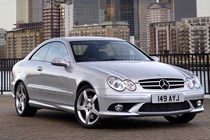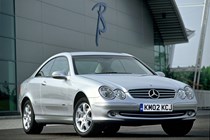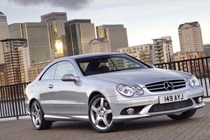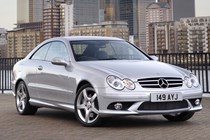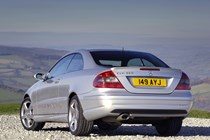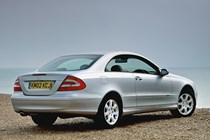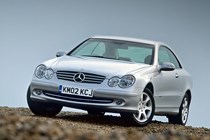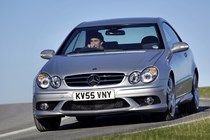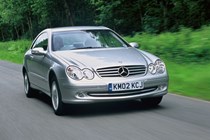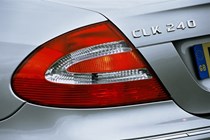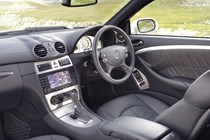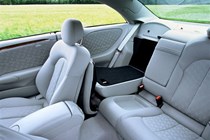
Mercedes-Benz CLK Coupe (2002-2009) engines, drive and performance
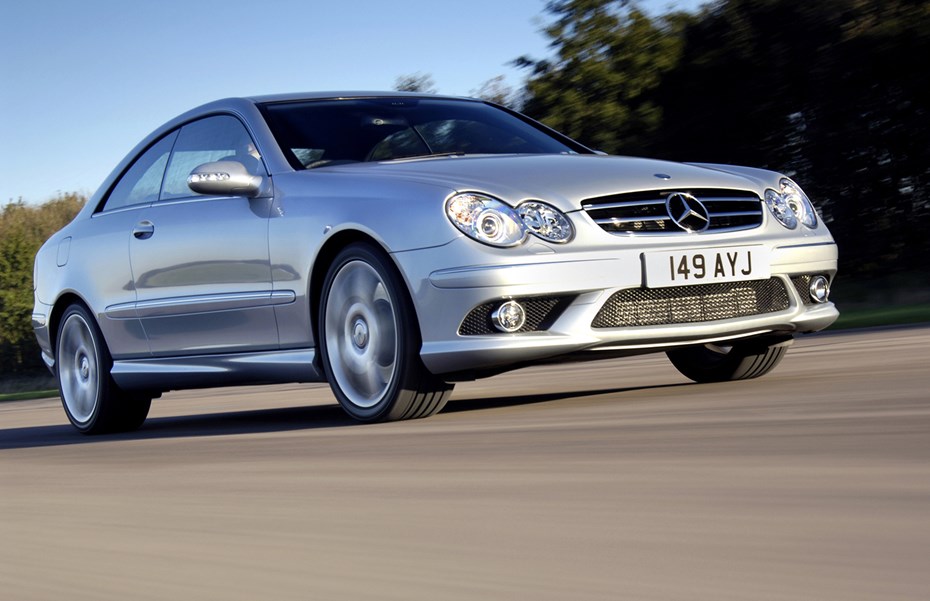
The entry-level engine is badged the 200 Kompressor but is actually a supercharged 1.8-litre. It feels livelier than the 2.6-litre CLK240 but does need to be worked hard to get decent performance. The 320 offers smooth performance, while V8s in CLK500 and CLK55 AMG (covered in a separate review) are brisk and refined. A 2.7-litre diesel has appeal for cost conscious drivers, but isn’t particularly refined.
Changes in 2005 resulted in two new six-cylinder engines to replace the CLK320. The CLK280 matches it for performance while the CLK350 bridges the gap between the smaller six-cylinder car and the V8s. It’s silky smooth and rapid with a 0-62mph time of just 6.4 seconds. New six-cylinder models (along with the CLK 500) use a seven speed automatic transmissions from 2005 which delivers ultra slick changes.
In 2005 a 2.2-litre diesel engine was introduced in the form of the CLK220 CDI. With 150bhp it manages 0-62mph in 10.2 seconds and is refined and quiet. A V6 diesel was also launched – the 320 CDI – with 224bhp and huge reserves of pulling power. It’s incredibly smooth yet manages to sprint from 0-62mph in 6.9 seconds. 2.2-litre four-cylinder diesel and 3.0-litre V6 replaced the five-cylinder CLK 270 CDI in 2005.
The CLK is a great long-distance cruiser, but not as nimble as a BMW 3-Series coupe. Don’t be put off though – the rear-wheel drive handling characteristics allow for precise steering with good feedback, but if you’re in the higher power models watch out for that back end on wet roads – it can easily break away without much provocation. Luckily an electronic stability programme is standard.
Ride comfort is excellent and on the motorway the CLK is a great car to soak up the miles in.


